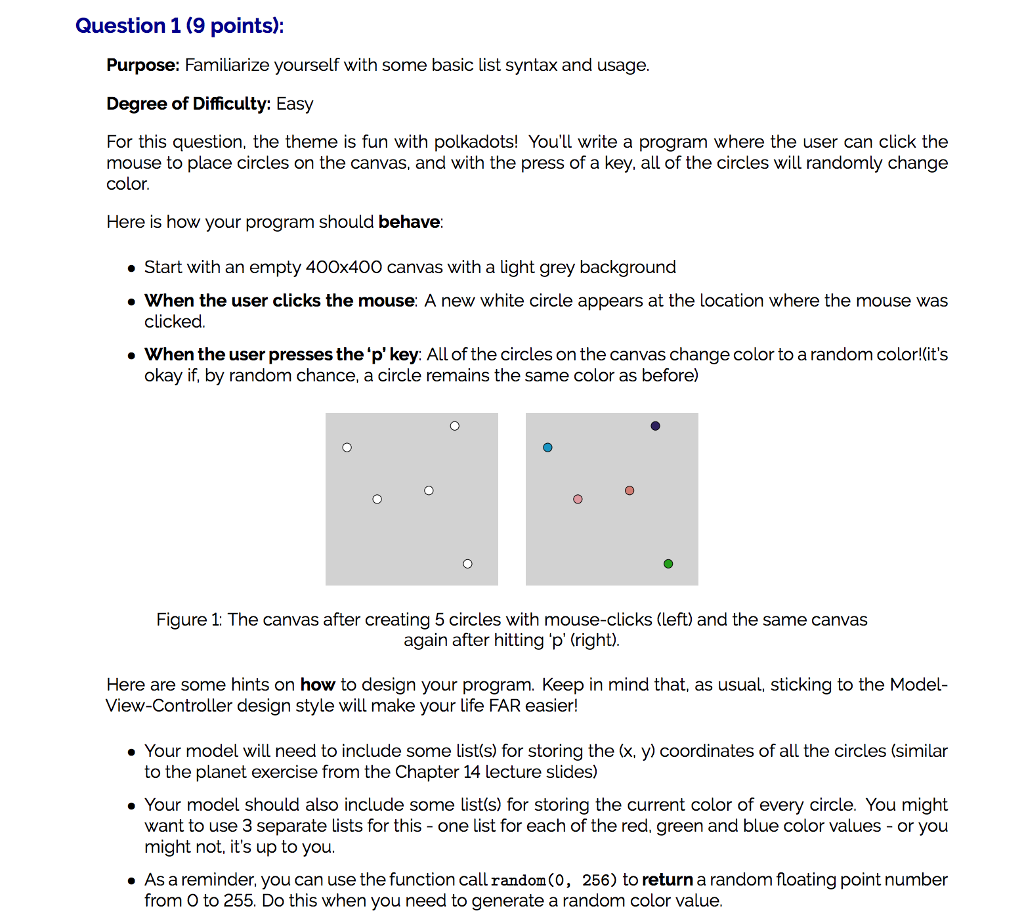

TKINTER NUMBER PRESS UPDATE
Instead of passing the value this variable holds to the text attribute of the Label, we assign the variable to textvariable attribute, so when the value of the variable gets updated, Label would update the displayed text accordingly. Tkinter.Button(root, text="Increase", command=onClick, fg="dark green", bg = "white").pack() Tkinter.Label(root, textvariable=counter).pack()
TKINTER NUMBER PRESS CODE
Here is a look alike code to the one in the question, but instead of defining counter as a normal variable, it is a variable from Tkinter. They are specially useful when you need to modify a data that other widgets might interact with. MButton1 = Button(text = counter, command = nClick, fg = "darkgreen", bg = "white") Here is the final solution (changes button value and has no label, but this is easily changed): from tkinter import * config(text = counter) which configures the button. Now to update the text in the button, you use. You can get rid of the second function as you only need one, then you change the command of the button and its text to counter. Now the code will be able to count, but you have set variables as Buttons, but then made them None type objects, to change this. Also you must change counter + 1 to counter += 1 so it increments the variable Next you must deifne the counter variable as a global variable, so that it will be the same in the function (do this inside the function as well). My answer basically changes what you have already into the easiest way for it to do what you want.įirstly you import libraries that you don't need/use (you may need them in your whole code, but for this question include a minimal example only). Just a simple “a” is all you need to bind it to the Key “a”.Ok so there are a few things wrong with your code so far.

The Key that was pressed can be located in the event object in the char attribute. This key binding activates if any Key is pressed. Widget has been “unfocused”, like deselecting it (and moving focus elsewhere) Key Binding for the Enter Key. Widget has been “focused”, such as clicking on the widget (selecting it). The Widget has been “left”, such as the mouse cursor leaving it’s occupied area. The Widget has been “entered”, such as the mouse cursor hovering over it. Used for detecting mouse double clicking. Used to detect when the mouse button is released. for holding and dragging the left mouse button, and so on. It may be any of the formats like text strings and numbers and it allows the single-line text to the applications even though if the input is. These boxes are one of the basic widgets used to get user inputs. Used for holding down a mouse key while dragging it. The Tkinter input box is also known as the Entry widget box is the kind of element the user will give the input through Entry boxes. Key Binding Description for the left mouse click, for the middle mouse (scroll wheel), for right mouse click.

Remember, you can attach these to any widget, not just the Tkinter window. Here is a list of key bindings in Tkinter. Print("UnFocused (Left) the entry widget") Print("Focused (Entered) the entry widget") ('', lambda event: self.UnFocused_entry()) ('', lambda event: lor_change(self.button, "black"))

('', lambda event: lor_change(self.button, "green")) ('', lambda event: print("Mouse clicked the label")) ('', lambda event: print("Entered Frame")) ('a', lambda event: print("A was pressed")) Self.button = tk.Button(ame, text = "Button") Self.label = tk.Label(ame, text = "This is some sample text") ame = tk.Frame(self.master, width = 300, height = 300)


 0 kommentar(er)
0 kommentar(er)
